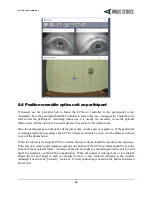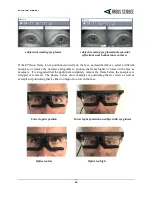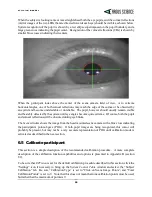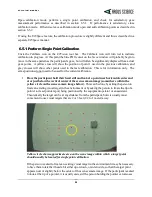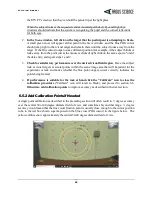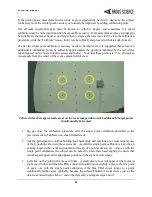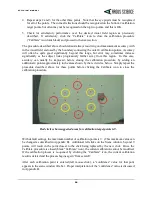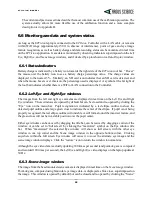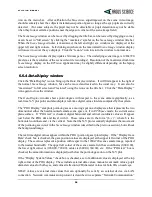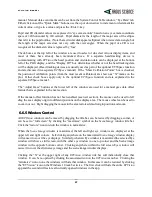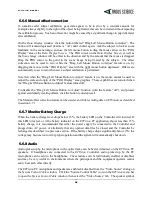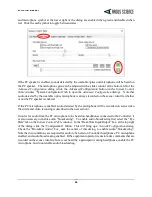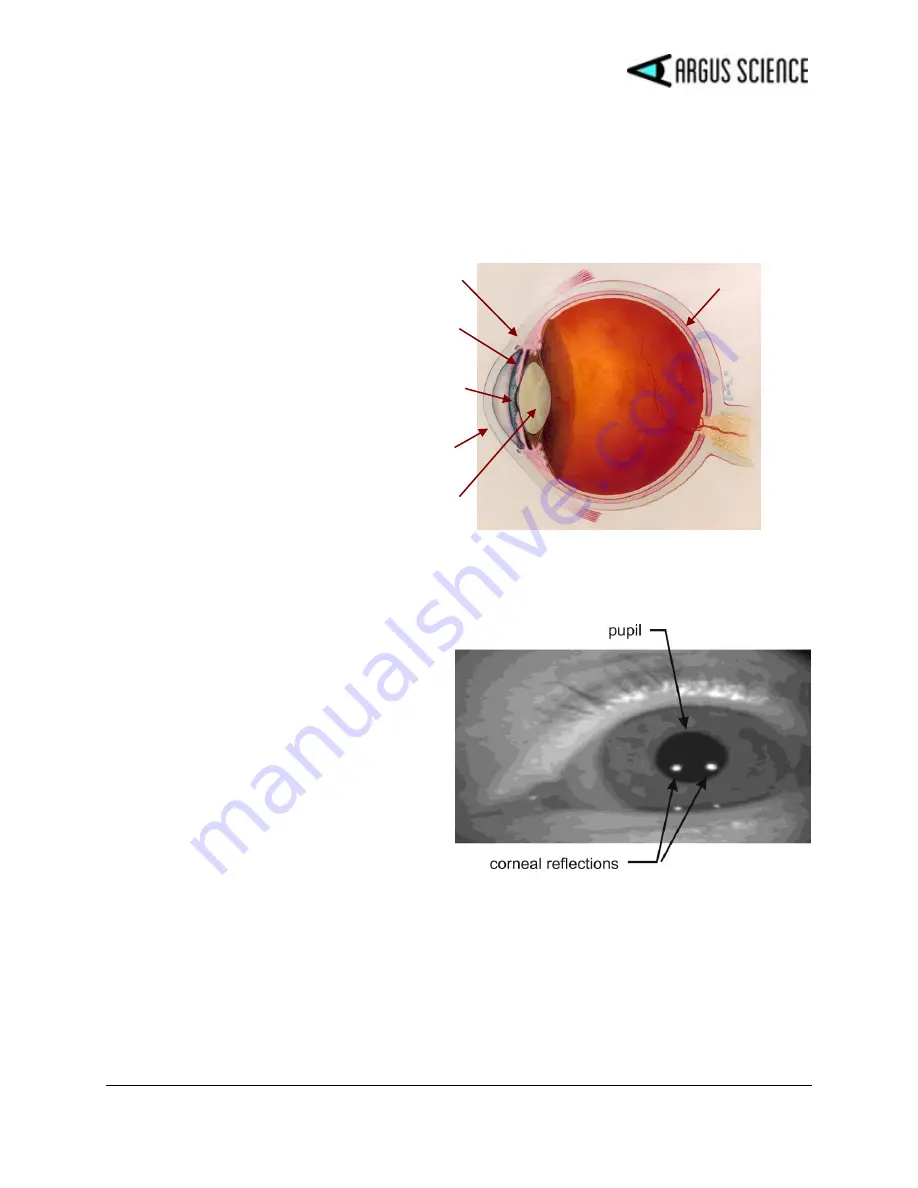
E T V I S I O N M A N U A L
14
5
Eye Tracking Basics
To understand how eye tracking works, it is important to have a basic knowledge about the structure
of the eye.
The
pupil
is an aperture, or opening,
in the iris that allows light to enter
into the eye. Unless viewed exactly
on-axis with a light source, the pupil
appears black.
The
iris
, which is the colored part of
the eye, opens and closes to control
the pupil size.
On its way to the pupil, light passes
through the
cornea
, which is a thin,
film-like tissue that covers the eye.
The cornea is mostly transparent;
however, some light is also reflected
from the cornea.
The
sclera
is the white part of the eye.
ETVision
uses a technique of eye tracking
known as “Pupil to CR” Tracking. This
method uses the relationship between two eye
features, the black pupil and mirror
reflections from the front surface of the
cornea (Corneal Reflections, or CRs), to
compute gaze within a scene.
Light from a pair of harmless near infra-red
LEDs on the head gear illuminate the eye
area. The near IR light is almost invisible to
the user, so it does not cause a distraction,
however it is visible to the eye camera. The
mirror reflections of these light sources from the front surface of the cornea (CRs) appear in the
camera image as a pair of bright dots.
When the eye rotates in its socket, the center of the pupil moves relative to the spots. By comparing
the relative position of the pupil and the CRs, the eye tracking system can compute the pointing
direction of the eye visual axis relative to a coordinate frame centered at the scene camera. During
periods when the headgear remains stationary on the head, eye gaze direction can also be computed
from pupil or CR position alone, and this can allow the system to continue to compute gaze when only
a subset of the eye image features can be successfully identified.
Pupil
Sclera
Iris
Retina
Cornea
Lens


















